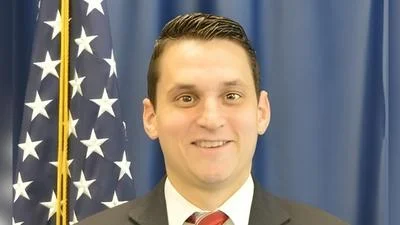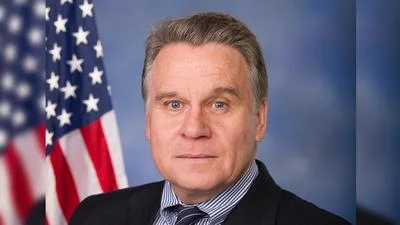The Congressional Record is a unique source of public documentation. It started in 1873, documenting nearly all the major and minor policies being discussed and debated.
“CONGRESSIONAL BUDGET OFFICE COST ESTIMATE--H.R. 363” mentioning the U.S. Dept. of Energy was published in the Senate section on pages S5689-S5690 on June 16, 1997.
The publication is reproduced in full below:
CONGRESSIONAL BUDGET OFFICE COST ESTIMATE--H.R. 363
Mr. NICKLES. Mr. President, when the Subcommittee on Energy Research, Development, Production, and Regulation of the Energy and Natural Resources Committee filed its report on H.R. 363, to amend section 2118 of the Energy Policy Act of 1992 to extend the Electric and Magnetic Fields Research and Public Information Dissemination program, the estimates from the Congressional Budget Office were not available. The report has now been received and I ask unanimous consent that it be printed in the Record for the information of the Senate and the public.
There being no objection, the material was ordered to be printed in the Record as follows:H.R. 363--An act to amend section 2118 of the Energy Policy
Act of 1992 to extend the Electric and Magnetic Fields
Research and Public Information Dissemination program
Summary: H.R. 363 would extend and modify the authorization for a multiyear initiative focused on the health effects of electric and magnetic fields. This interagency research effort, which is funded jointly with the private sector, is administered by the Department of Energy (DOE). The current authorization allows the appropriation of up to $65 million over a multiyear period ending in 1997, provided that nonfederal sources match the federal funds. Since the program's inception in 1993, appropriations have totaled $20 million and have been matched by a corresponding amount of nonfederal support. Enacting this legislation would enable the program to receive funding through 1998, and would reduce the multiyear authorization ceiling to $46 million.
Assuming funds are appropriated for these activities in 1998, CBO estimates that enacting H.R. 363 would result in additional discretionary spending of $4 million over the 1998-2002 period. The legislation would not affect direct spending or receipts; therefore, pay-as-you-go procedures would not apply. The legislation does not contain any intergovernmental or private-sector mandates as defined in the Unfunded Mandates Reform Act of 1995.
Estimated cost to the federal government: The estimated budgetary impact of H.R. 363 is shown in the table on the following page. For purposes of this estimate, CBO assumes that appropriations for this program would total $4 million in 1998, the amount provided under current law for 1997, and that this amount would be matched by nonfederal sources. Although the amount authorized to be appropriated in 1998 could total up to $26 million (the balance between the $46 million cap and the $20 million appropriated to date), CBO estimates that the program only needs about $4 million to complete it mission. We assume outlays would follow historical spending patterns for such research and assessment activities at DOE.
SPENDING SUBJECT TO APPROPRIATION
[By fiscal year, in millions of dollars]
------------------------------------------------------------------------
1997 1998 1999 2000 2001 2002
------------------------------------------------------------------------
Spending under current law:
Budget authority \1\...... 4 0 0 0 0 0
Estimated outlays......... 5 2 1 0 0 0
Proposed changes:
Authorized level.......... 0 4 0 0 0 0
Estimated outlays......... 0 2 1 1 0 0
Spending under H.R. 363:
Authorization level \1\... 4 4 0 0 0 0
Estimated outlays......... 5 4 2 1 0 0
------------------------------------------------------------------------
\1\ The 1997 level is the amount appropriated for that year.
The costs of this legislation fall within budget function 270 (energy).
Pay-as-you-go considerations: None.
Intergovernmental and private-sector impact: H.R. 363 contains no intergovernmental or private-sector mandates as defined in the Unfunded Mandates Reform Act of 1995, and would not impose any costs on state, local, or tribal governments.
Previous CBO estimate: CBO has prepared cost estimates for two other versions of H.R. 363. On March 6, 1997, CBO transmitted a cost estimate for H.R. 363 as ordered reported by the House Committee on Commerce on March 5, 1997. On April 17, 1997, CBO prepared an estimate for the version ordered reported by the House Committee on Science on April 16, 1997. The three estimates for H.R. 363 are identical.
Estimate prepared by: Kathleen Gramp.
Estimate approved by: Robert A. Sunshine, Deputy Assistant Director for Budget Analysis.
____________________








